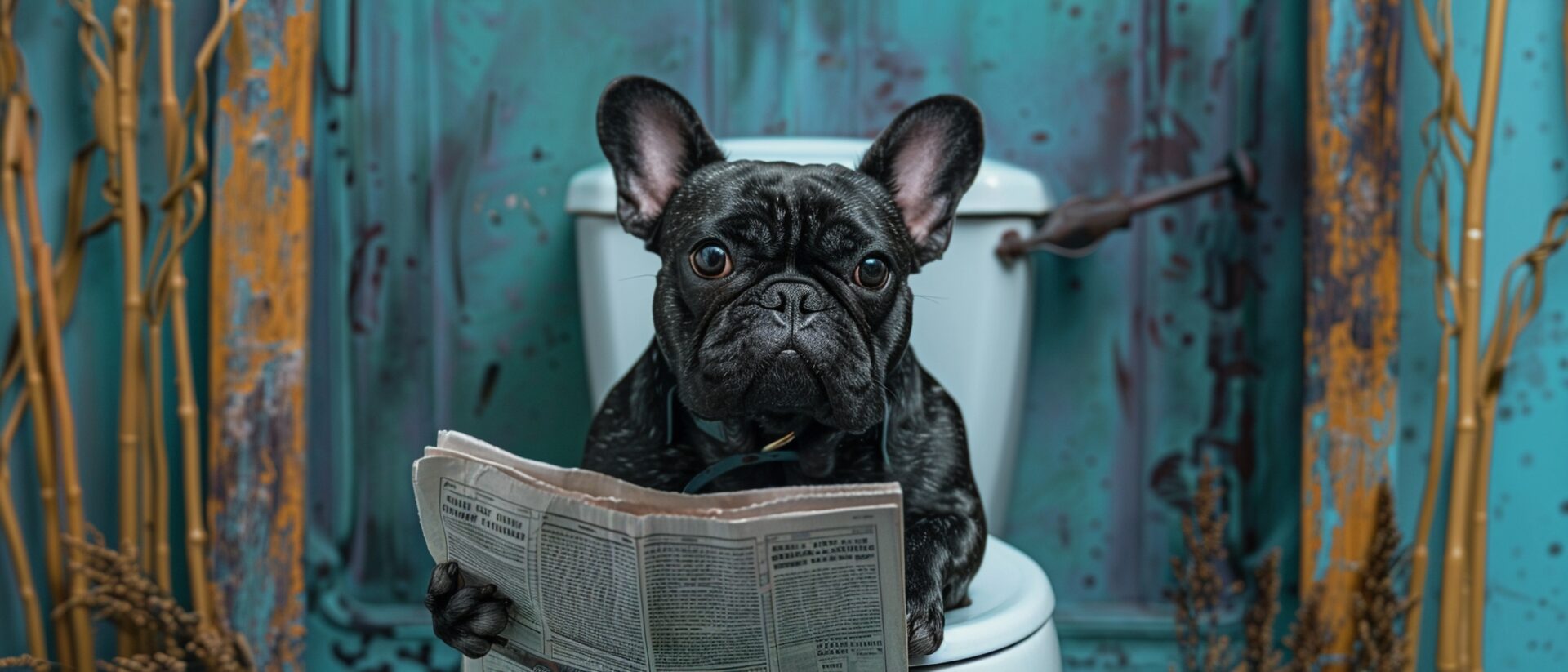
Labrador Retrievers: America’s Favorite Tail-Wagger
Free initial cleanup with regular service

Labrador Retrievers: The Breed
Labrador Retrievers aren’t just popular, they’re legendary. Loyal, loving, and always ready for fun, Labs have earned their reputation as the go-to family dog. At POOP 911, we see Labs leading backyard zoomies, diving headfirst into puddles, and wagging their way into everyone’s hearts. Whether they’re retrieving tennis balls, making new friends at the dog park, or patiently watching squirrels from the patio, Labs make life brighter and messier, in the best way. If you’re considering one or already have a Lab in your life, here’s everything you need to know about this iconic breed and their playful, lovable spirit.
Origins
Labrador Retrievers originally came from Newfoundland, not Labrador as the name suggests. They were bred to help fishermen haul nets and retrieve fish in icy waters. Their strong builds and love of water made them the perfect working partners. In the 1800s, they were brought to England, where they were refined into the breed we know today. Labs quickly became favorites among hunters and families alike. From the docks of Canada to backyards everywhere, these dogs have always had a job to do, and they do it with heart and a wagging tail.
Temperament
Labs are known for their sweet, even-tempered personalities. They’re gentle, eager to please, and practically radiate joy. Whether playing with toddlers or chilling with grandparents, they adapt beautifully to just about any home. Labs are rarely shy and almost never aggressive. Instead, they greet the world with enthusiasm and a goofy grin. They do need boundaries and training, of course, but their temperament makes them one of the easiest breeds to raise. With a Lab, expect tail wags, happy licks, and a best friend for life.
Size
Labrador Retrievers are medium to large-sized dogs with strong, athletic builds. Males typically weigh between 65 to 80 pounds, while females range from 55 to 70 pounds. Standing 21 to 24 inches tall at the shoulder, Labs are sturdy but never bulky. Their bodies are made for action, with powerful legs and that signature otter tail for swimming. Despite their size, they believe they’re lap dogs and won’t hesitate to climb up for a snuggle. Just make sure your couch is Lab-approved before they claim it.
Lifespan
Labs generally live between 10 to 12 years, with many enjoying happy, healthy lives well into their teens. Regular vet care, balanced nutrition, and plenty of exercise help extend those years. Labs are prone to hip dysplasia and weight gain, so keeping them active is key. While their puppy energy might mellow out with age, their love for their humans never fades. From playful pups to gray-muzzled companions, Labs stay loyal and loving from day one to their golden years.
Intelligence
Labradors are smart, eager learners. They rank high in obedience and working intelligence, making them stars in service roles, hunting, and everyday training. Labs thrive on mental stimulation, whether it’s puzzle toys, obedience classes, or learning fun tricks. They pick up new commands quickly and genuinely enjoy making their humans happy. Just don’t leave them bored for too long, or they’ll invent their own games, usually involving socks or unguarded sandwiches. A busy Lab is a good Lab, and a trained Lab is downright impressive.
Friendliness
Friendliness is practically written into a Lab’s DNA. They’re affectionate with family, kind with kids, and typically warm toward strangers. Labs also tend to get along great with other pets, making them the ultimate social butterflies of the dog world. Their wagging tails and happy-go-lucky nature make them welcome at the dog park, the vet, or even your neighbor’s backyard barbecue. If you want a dog that loves hard, plays hard, and makes fast friends, a Lab is your kind of pup.
Exercise
Labs need a lot of movement to stay happy and healthy. They do best with at least an hour of solid exercise every day. Whether it’s a run, a game of fetch, or a long swim, they’re always up for activity. Labs have energy to burn and love to be included in everything you do. Without enough exercise, they can get bored, which usually leads to chewed shoes or holes in the yard. Keep them moving, and you’ll have a tired, happy pup who’s content to snooze by your feet.
Grooming
Grooming a Lab is pretty simple, but it’s not a totally hands-off job. They have a dense double coat that sheds year-round and more heavily during seasonal changes. Weekly brushing helps keep their coats healthy and your floors fur-free. Baths are only needed every couple of months unless they roll in something questionable, which happens more often than you’d think. Add regular nail trims, ear checks, and dental care, and your Lab will be looking and feeling their best. They clean up well, even after a good mud puddle session.



